I am currently following this guide here to create a PV using an existing Azure File Share: https://learn.microsoft.com/en-us/azure/aks/azure-files-volume
The method is to store the storage account name and access key in a secret azure secret then use it in the csi section of the yaml file as below.
apiVersion: v1
kind: PersistentVolume
metadata:
name: azurefile
spec:
capacity:
storage: 5Gi
accessModes:
- ReadWriteMany
persistentVolumeReclaimPolicy: Retain
storageClassName: azurefile-csi
csi:
driver: file.csi.azure.com
readOnly: false
volumeHandle: unique-volumeid # make sure this volumeid is unique in the cluster
volumeAttributes:
resourceGroup: EXISTING_RESOURCE_GROUP_NAME # optional, only set this when storage account is not in the same resource group as agent node
shareName: aksshare
nodeStageSecretRef:
name: azure-secret
namespace: default
mountOptions:
- dir_mode=0777
- file_mode=0777
- uid=0
- gid=0
- mfsymlinks
- cache=strict
- nosharesock
- nobrl
However, due to technical risk and security reasons, now I do not want to put storage account access key in the kubernetes namespace. Instead, I want to fetch the access key from Azure key vault and use it to mount the persistent volume to the azure files.
I have done some research and testing, but to no avail. Would appreciate help on this, thanks!






